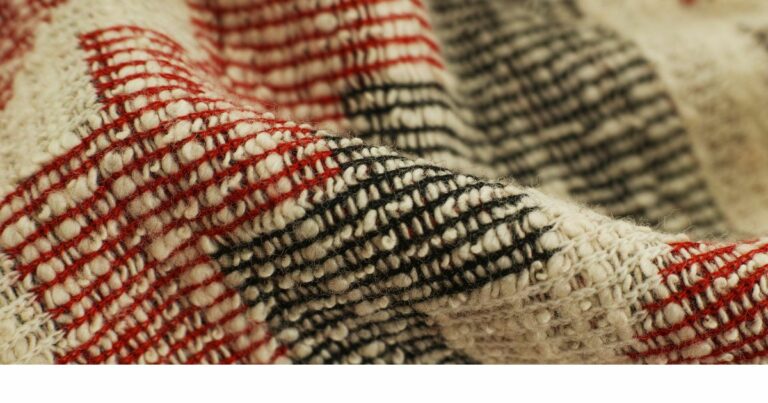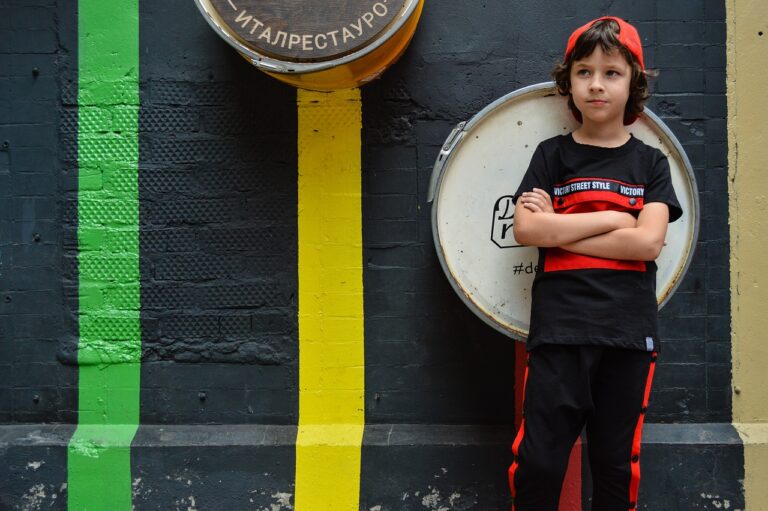The Evolution of Workwear: Adapting Professional Clothing to Remote Work Environments
Professional work attire has evolved significantly over the centuries, reflecting changes in societal norms, cultural influences, and economic factors. In ancient times, attire was often a symbol of one’s social status and profession. For example, in medieval Europe, elaborate garments denoted wealth and power, while peasants wore simple, practical clothing suitable for laborious tasks.
As industrialization took hold in the 19th century, work attire became more standardized and functional. The rise of office-based professions led to the popularization of business suits for men, with dark colors symbolizing seriousness and professionalism. Women also began to embrace tailored suits and dresses as they entered the workforce in greater numbers. This shift towards more structured and formal attire laid the foundation for the modern professional dress code seen in many workplaces today.
Traditional Office Attire vs. Remote Work Attire
In a traditional office setting, the dress code often leans towards formal attire, with employees expected to wear professional suits, ties, and tailored dresses. This conventional office attire conveys a sense of professionalism and respect for the workplace environment. The emphasis on well put-together outfits is seen as a way to project a sense of authority and competence in the eyes of colleagues and clients alike.
On the other hand, remote work attire tends to be more relaxed and casual, as employees have the freedom to dress comfortably while working from home. This shift in work environment has led to a rise in the popularity of athleisure wear, loungewear, and casual clothing choices that prioritize comfort over formality. Without the need to adhere to strict office dress codes, remote workers can focus more on productivity and comfort rather than adhering to traditional sartorial norms.
The Influence of Technology on Workwear
With the rise of technology in the workplace, the traditional concept of workwear has undergone significant evolution. The advent of remote work and virtual communication tools has shifted the focus from formal business attire to more casual and comfortable clothing options. As employees increasingly rely on video conferences and digital platforms to collaborate, the emphasis has shifted towards looking presentable from the waist up, leading to the popularization of the “business on top, casual on the bottom” trend.
Additionally, the integration of wearable technology in workwear has become a growing trend, enabling professionals to seamlessly blend fashion and functionality. Smart clothing embedded with sensors and devices can track health metrics, monitor posture, or even control environmental factors like temperature and lighting. This convergence of technology and fashion not only enhances productivity and comfort but also reflects the modern workforce’s emphasis on versatility and adaptability in their professional attire.
How has technology influenced workwear?
Technology has influenced workwear by making it more versatile and comfortable to accommodate the changing work environments, such as remote work or flexible schedules.
Is traditional office attire still relevant in today’s work environment?
While traditional office attire is still important in some industries, many workplaces have embraced more casual and relaxed dress codes due to the influence of technology on work practices.
What are some examples of remote work attire?
Remote work attire may include comfortable clothing such as athleisure wear, casual tops, and bottoms that are appropriate for video calls, and cozy loungewear for increased productivity at home.
How has the history of professional work attire evolved over time?
The history of professional work attire has evolved from formal suits and ties to more casual and relaxed clothing options, reflecting changes in work practices and the influence of technology on the way we work.






